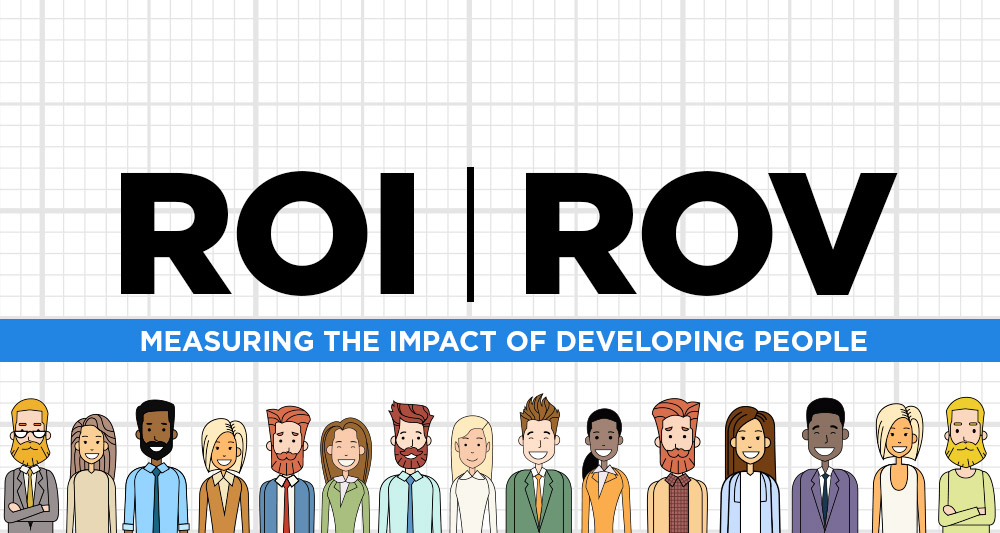Return on Investment (ROI) is a widely accepted metric when it comes to measuring financial benefits received from the use of resources. However, I’ve come to question the accuracy – and even the integrity – of using it in measuring the impact from developing people. Even with the most complex calculations, it is virtually impossible to account for and extract the impact of the variables that contribute to the financial gains from developing people. Instead, I’ve come to realize that return on value (ROV) is a much more accurate and transparent measure of impact or benefit received, particularly when assessing development activities. Please permit me to explain.
Let’s start by clarifying the distinction between ROI and ROV (I’ll simply refer to it as value). The simplest explanation is that they are related, just like the rectangle and the square. Remember the distinction taught in elementary school?
A square is a rectangle, but a rectangle is not a square. Similarly, ROI is a form of value, but not all value takes the form of ROI.
The key is clearly defining the value being sought from a given utilization of resources.
In the case of an investment in developing people, the steps to defining and achieving the desired Return on Value are as follows:
- Understand the individual’s or organization’s specific goal or objective, including their desired outcome (where they want to be) versus their current state (where they are now), and why they want/need the outcome.
- Identify the elements that create the gap between the desired outcome and the current state. Also identify the barriers/obstacles that lead to the gap, including knowledge, skills, abilities, implementation and follow-up.
- Define the order of value to be gained by closing each element of the gap. Pareto Analysis can be a valuable tool at this stage.
- Brainstorm and identify solutions that will overcome the barriers and close the gap. Select the best solution options and build the plan to implement the solutions, including required resources and impact measures. This is similar to setting an individual or team SMART goal.
- Reassess the current state versus desired outcomes.
- Rinse and repeat. (Don’t mind the shampoo and conditioner reference.)
Typically when developing people, the desired outcome is defined as a measurable improvement in performance through results and/or behavior, capability or capacity.
Once the specific value is achieved, it is in the hands of the individual and his/her leader to channel the improvement into additional value as defined at that level of contribution and impact.
Return on Value is the model we use at England Logistics to measure the effectiveness of each stage of developing people. Ultimately, it results in ROI and positive EBIT. How are you identifying, measuring and ensuring a return on value for your organization?
– Wayne Davis, VP of Talent Development
###
As a Talent Management/HR executive with over 20 years of talent and human resource management experience, I strive to deliver value generating services to internal and external clients. This has provided me with the ability to lead or influence people in developing solutions to achieve higher levels of measurable success. My professional interests are targeted toward helping clients achieve their optimum performance through people solutions.



